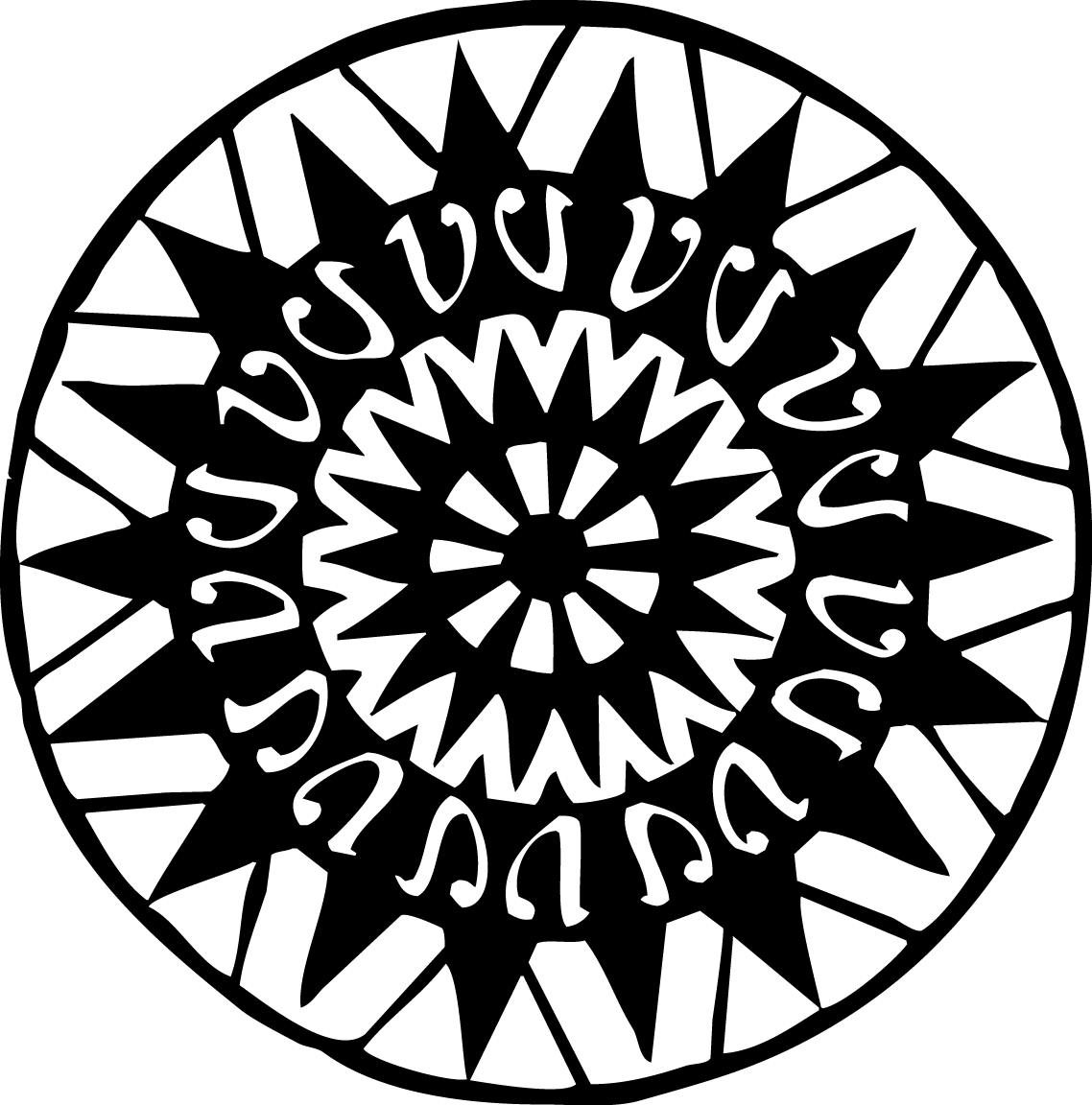Childhood polio, rumored spina bifida, a bus accident, constant pain and, later, the amputation of her leg shaped the life of Frida Kahlo. Her life permanently marred with beauty and pain.
Her struggles were the subject of many of her works of art. Her isolation because of her surgeries and incapacitation led to 55 self portraits (and comprise of more than one third of her entire collection).
The Broken Column courtesy of The Frida Kahlo Foundation. This painting shows the dueling strength and fragility of Frida's body. Read more about the Broken Column on FridaKahlo.org.
Without Hope courtesy of The Frida Kahlo Foundation. Read more about the doctor ordered forced feeding depicted in Without Hope on FridaKahlo.org.
A Few Small Nips courtesy of The Frida Kahlo Foundation. This painting is a representation of her own life and a story that was in the newspaper. Read more about A Few Small Nips on FridaKahlo.org.
Henry Ford Hospital courtesy of The Frida Kahlo Foundation. This paining illustrates the grief Frida felt after one of her three miscarriages. Read more about Henry Ford Hospital on FridaKahlo.org.
Self Portrait with the Portrait of Doctor Farill courtesy of The Frida Kahlo Foundation. Doctor Farill performed seven surgeries on Frida's spine in one year. She credited him with saving her life. Read more about Self Portrait with the Portrait of Doctor Farill on FridaKahlo.org.
Her constant pain, and ability to create beauty, birthed a beautification of her prosthetics and casts using them as canvases for her art.
Frida by Ishiuchi Miyako will be on display at the Michael Hoppen Gallery May 14 through July 12, 2015 in London. This is one of the pieces. From the description in the Guardian, "After her bus accident, Kahlo was in a full body cast for three months, and she remained in pain for the rest of her life. She painted her casts and corsets, turning them from medical equipment into artworks."
Another piece from the Ishiuchi Miyako exhibit at the Michael Hoppen Gallery. The Guardian, "Kahlo’s leg was amputated in 1953. She designed this prosthetic leg with embroidered red lace-up boots and a bell attached."
From a disabilities perspective, Frida Kahlo had multiple obstacles to overcome; a birth defect, a disability from a contracted disease, a debilitating accident, an amputation and constant pain shaped her life. She created objects of art that showcased her pain, love and all of her strengths and faults intertwined. Her art catapults her, and her audience, out of reality and into the fantastic world of a magical realist; a world where prosthetics announce themselves with jingle bells and casts are a thing of beauty meant to be noticed, remarked upon and revered. This is not the world of the disenfranchised -- this is the world of a goddess whose entire being is a work of art. Her work explores the medical interventions that shaped her life weaving the horrific things her body endured into the strength she found within herself and gained from others.
I claim no ownership of the pieces reference in this article. If you are interested in learning more, I suggest you read this Guardian article about the exhibit that showcases Ishiuchi Miyako's photos on display at the Michael Hoppen Gallery. There are several websites dedicated to the exploration of Frida Kahlo's work. I drew, extensively, from information and works on FridaKahlo.org and The Frida Kahlo Foundation in this piece.
The New York Times attests Frida Kahlo's work is experiencing a mini-resurgence because of numerous shows happening this spring. An essay published in the New York Times on May 10 titled Frida Kahlo is Having a Moment closes with the following,
“Like many of Kahlo’s spiritual descendants — who record the minutiae of their lives on social media in existential gestures that are, as much as anything, about the fact of their own occurrence — the artist was intent on leaving marks that testified to her existence.
“This continues to hit a nerve with people,” Ms. Clearwater explained. “The paintings are Kahlo’s way of saying: ‘This is how I thought. This is what I lived. Remember me.’ ””
I like that. I think we need more people who celebrate the physical things that make them different.
If you're interested in empowering the disenfranchised, I suggest you read more of my articles on those who are considered to live at the fringes of life.





































Discussing Designing for the Fringe on the 3D LILA Podcast.